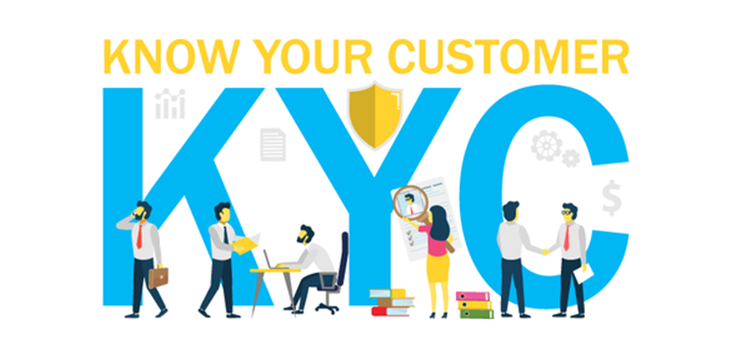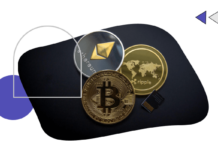Privacy is vital when it comes to digital assets. Money laundering, terrorist financing, and corruption have become common. As a result, companies seek to protect themselves from scams by making sure activities are done legally with legit entities. KYC is a great tool for fighting financial scams. Let us look at insights about KYC.
What is KYC
KYC or Know your customer or client is a procedure of identifying and verifying a customer’s identity, financial activity, and risk when they open an account. This means that it is a fundamental element that protects businesses from losses and frauds caused by illegal transactions and funds.
Even though the phrase” Know your customer” may seem less important to some people, it is useful in the business sector. Businesses have to verify their customers prior to any work. This process prevents sanctions, fines, and reputation damage associated with terrorist or money launderers. Most companies and banks are supporters of KYC.

What is the general process of KYC
To create an effective program, the general process involves:
1. Customer identification
It is not easy to know if someone is who they say unless you conduct an identity program. Most companies start the process by collecting basic information and data of their customers. This is done through electronic identity verification. Some of the information collected includes names, birthdays, addresses, and security numbers. They are significant when checking whether a person is involved in fraud or not.
While collecting these documents during account opening, the institution verifies the client’s identity in a reasonable period of time. It compares the data provided by the client with public databases and consumer reporting agencies.
2. Client Due Diligence
The first analysis made by a financial institution is to determine the trust of a potential customer. The three steps of due diligence are:
- Simplified due diligence. This is where the risk for illegal funding and money laundering is low.
- Basic Customer. Information is provided for clients to verify their identity and determine the risks associated with the client.
- Enhanced due diligence. More data is taken for high-risk clients in order to assess and understand the client’s activity.
3. Monitoring
It is not ideal for checking a customer once, and you have to monitor them frequently. Ongoing monitoring involves supervising accounts and financial transactions. In addition to that, other factors that can be monitored include:
- Cross border activities
- Unfavorable media mentions
- Adding people on the sanction list
- Increase in activities
If the account has suspicious activity, there are requirements to file a suspicious report. To consider risks linked to the account, the following is done:
- Does the account have records to date?
- Is the amount of transactions similar to the purpose of the account?
- Is the level of risk appropriate for the number of transactions and type of account
What is the influence of increased withdrawal limit for KYC
With verification, investors and traders enjoy freedom. They can withdraw any amount of money without limit. This is reliable compared to withdrawing several times. Furthermore, the transaction fee becomes lower. Without verification, a digital asset exchange is held accountable when a user commits a crime and gets away. This is because they failed to do identification and verification. Therefore, the best way to escape is by remaining anti-money laundering compliant.







